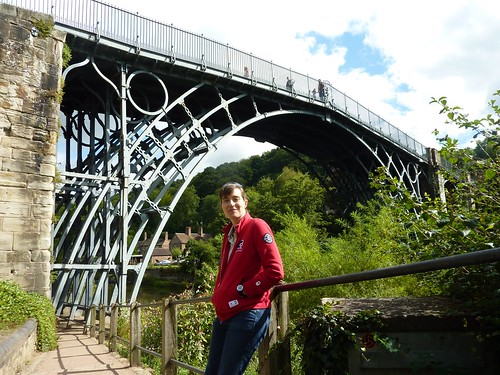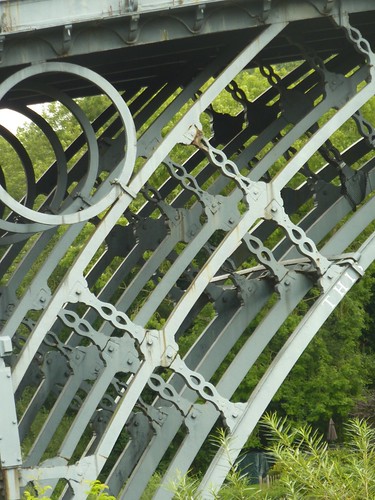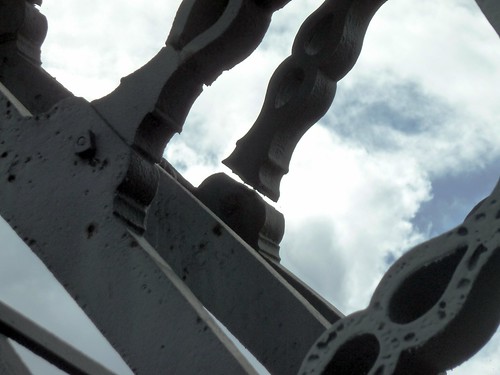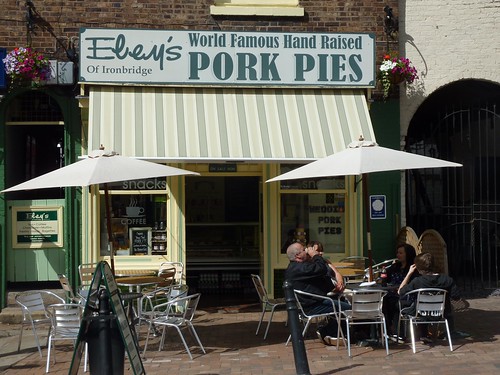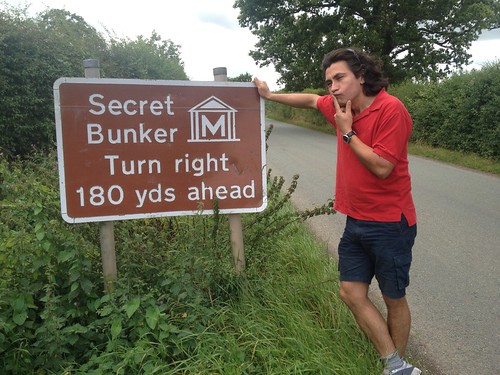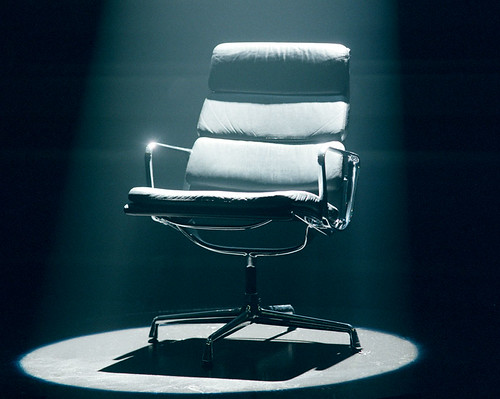It's been a busy week here at Go Stay Work Play Live World Headquarters. First, some News About Pam. I received the paperwork for my next big international gig! I'm going to work on the Opening and Closing Ceremonies for the inaugural European Games, which will be held in June 2015. "European Games? What?" Yeah, I know. That's what I said too. Apparently when the European Olympic committee got together after London 2012 they decided they needed their own games just for European athletes, I suppose as a counterpoint to the Pan Am Games and Commonwealth Games and Asian Games and Left-Handed Games and Upside-Down Polka-Dot Dinosaur Games and whatever. No matter, if they're having a ceremony, I'll be there.
And just exactly where will that be? Good question. Naturally, the inaugural European Games are being held in the first city you think of when you think Europe: Baku, Azerbaijan. "Wha...?" Yeah, again, I know. I was actually pretty sure Azerbaijan was fictional, located somewhere southeast of Narnia on the way to Mordor. But it turns out it's a real place! It's on the Caspian Sea, tucked between Georgia (not the peach one), Armenia, Iran and Russia. Yep, Russia. Baku is a mere 1,000km from Sochi. And while the official language is Azerbaijani (sometimes called Azeri), there's also a lot of Russian spoken. Irony can be dammed ironic sometimes, can't it? In fact, Baku is supposed to be an unexpectedly pleasant, pretty, fun place. Reports from those who are already there are really encouraging. So I'll be packing my bags again to start work at the beginning of November.
There are also other big developments on life in London that came to a head this week, which are definitely a whole other post, or perhaps even a whole other blog (don't hold your breath for that). In the mean time, let's move on to today's topic, which I visited on a Grand Day Out this week: the Iron Bridge.
What's so special about the Iron Bridge? Well, as you might expect from the name, it's made of iron. In fact, it's the first bridge made from iron in the world. I figured this probably happened some time in the mid-nineteenth century, so I was pretty impressed to discover that construction started in 1779. Cast iron had recently become much more efficient and economical to produce after Abraham Darby invented the process of smelting with coke. I could go down a rabbit hole here with the whole iron-production process, but let's just say there ended up being a lot more refined iron around the area, which was already well-supplied with easy to access ore deposits. Building a bridge out of iron was intended to be a showpiece to demonstrate the remarkable properties of the material and a monument to the skills of Shropshire ironmasters. And it had the added benefit of allowing people to cross the deep gorge without having to detour to another bridge two miles away, while allowing barge traffic to pass under its tall single span. (Documents concerning the commissioning of the bridge include the first recorded use in English of the phrase "Win-Win Situation".)
The bridge itself is lovely but what you can't tell from the photos is that all of those pieces are SOLID IRON. These days we're used to I-beams and hollow tubing that have immense strength because of their cross-sectional shapes. In the 18th century, before the advent of true structural engineering calculations, they simply built the bridge as if they were making it from wood, but used iron instead. The same dimensions and techniques as a wooden structure - right down to the dove-tailed joints - but solid iron. The result is that the whole thing is massively over-engineered. There are estimates that half the structure could be removed and the bridge would still stand (This is from a half-remembered conversation that took place at Birmingham University about a decade ago and was reported in passing by my companion for the day. Which is about on par with the rigorous level of fact-checking that I normally employ for the blog. It’s not exactly the New York Times over here.)
And just exactly where will that be? Good question. Naturally, the inaugural European Games are being held in the first city you think of when you think Europe: Baku, Azerbaijan. "Wha...?" Yeah, again, I know. I was actually pretty sure Azerbaijan was fictional, located somewhere southeast of Narnia on the way to Mordor. But it turns out it's a real place! It's on the Caspian Sea, tucked between Georgia (not the peach one), Armenia, Iran and Russia. Yep, Russia. Baku is a mere 1,000km from Sochi. And while the official language is Azerbaijani (sometimes called Azeri), there's also a lot of Russian spoken. Irony can be dammed ironic sometimes, can't it? In fact, Baku is supposed to be an unexpectedly pleasant, pretty, fun place. Reports from those who are already there are really encouraging. So I'll be packing my bags again to start work at the beginning of November.
There are also other big developments on life in London that came to a head this week, which are definitely a whole other post, or perhaps even a whole other blog (don't hold your breath for that). In the mean time, let's move on to today's topic, which I visited on a Grand Day Out this week: the Iron Bridge.
Who doesn't love a good bridge?
Ironbridge Gorge
That's solid iron, with my hand for scale.
And see? Dovetails!
After it was completed the Iron Bridge remained a unique curiosity for the first 20 years of its existence. However, severe flooding on the Severn river in 1795 damaged or washed away all the bridges in the area except the Iron Bridge, so people started to take the construction method much more seriously. The development of a single-span cast-iron bridge genuinely represents a turning point in British bridge design and engineering, after which cast iron became widely used in the construction of bridges, aqueducts and buildings. Some sources call the Iron Bridge the most important bridge in the world. (I’m pretty sure I read that somewhere, but see above note about fact-checking.)
A consequence of the vast weight of iron used in the bridge (more than 378 tons) is that it puts enormous pressure on the stone abutments on either side of the bank, which started to show cracks as early as 1784. Repairs and replacement to the stonework have been an ongoing theme of the bridge’s life, culminating in the installation of an upside-down underwater reinforced concrete arch in the riverbed in the mid-1970s, which helps hold the two piers apart. The ironwork also shows signs of wear, with many pieces suffering serious cracks. Keep in mind this was long before people got used to the idea that all the bits in big structures need room to expand and contract, so it's not surprising that the whole thing is riddled with breaks.
For instance, I'm no structural engineer, but I’m pretty sure you shouldn’t be able to see light through this join...
Yum.
It turns out to be not bad, but very disconcerting when you end up going what feels like the wrong way around the inner ring of the roundabout. I still don't quite understand the point, despite the best efforts of the OiC ISE, D & DEI to explain why multiple mini roundabouts actually increase the flow of traffic. But it was fun, really.
We didn't visit the Secret Bunker because it cost £8.50 and it wasn't even located appealingly far underground. But this is a gratuitous picture of the OiC ISE, D & DEI trying to figure out where the Secret Bunker is.
"I'm sure it's around here somewhere... If only it wasn't so damned secret!"
(And yes, we did phone each other in the morning to colour-coordinate outfits.)

